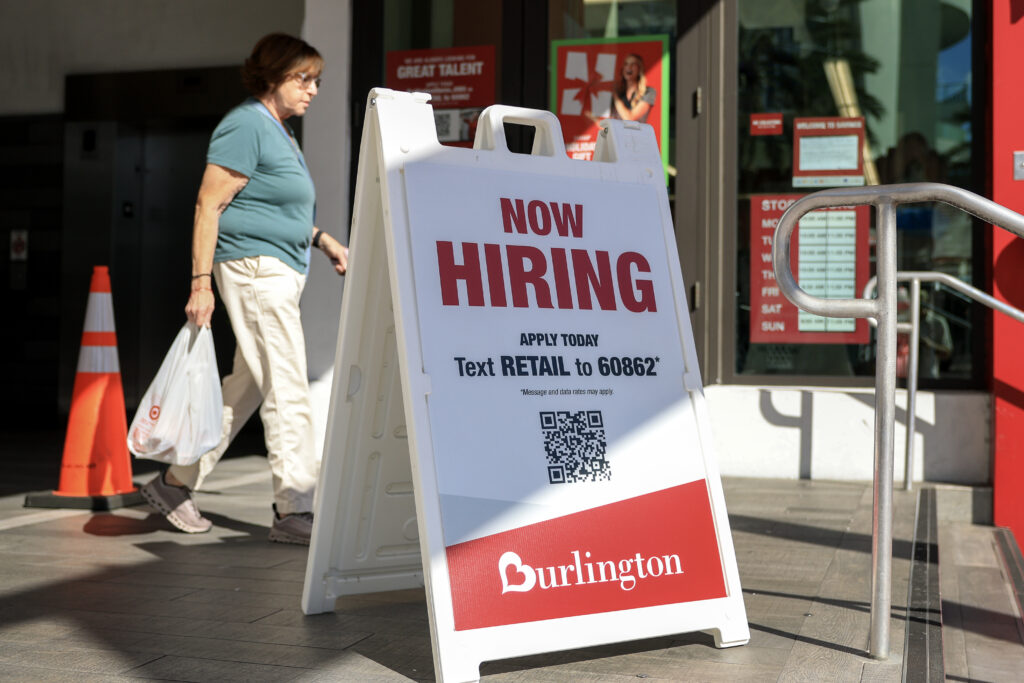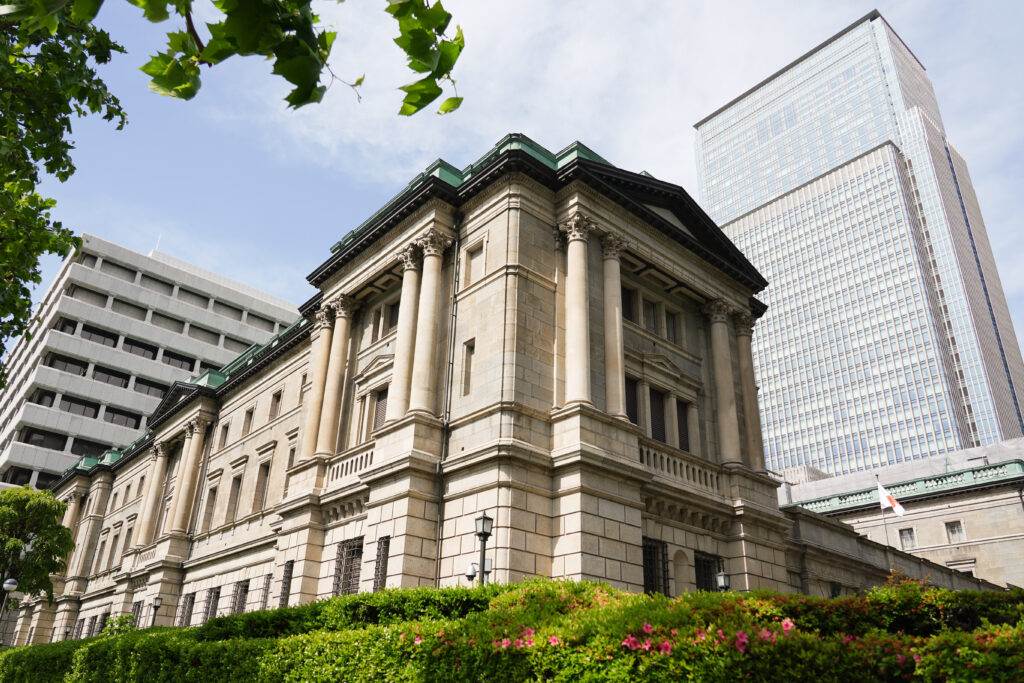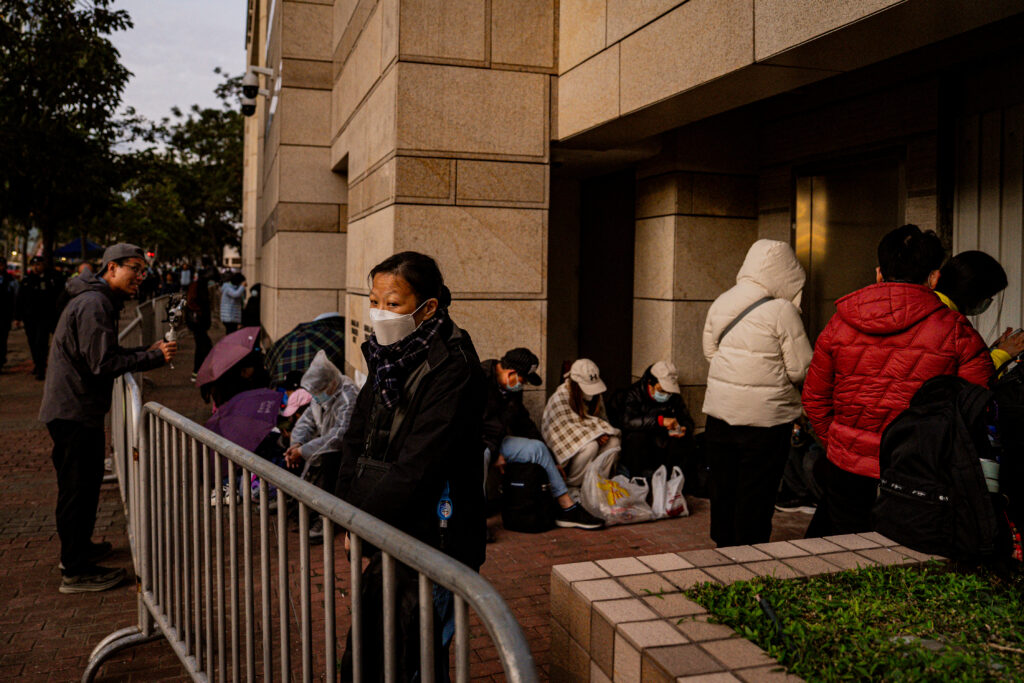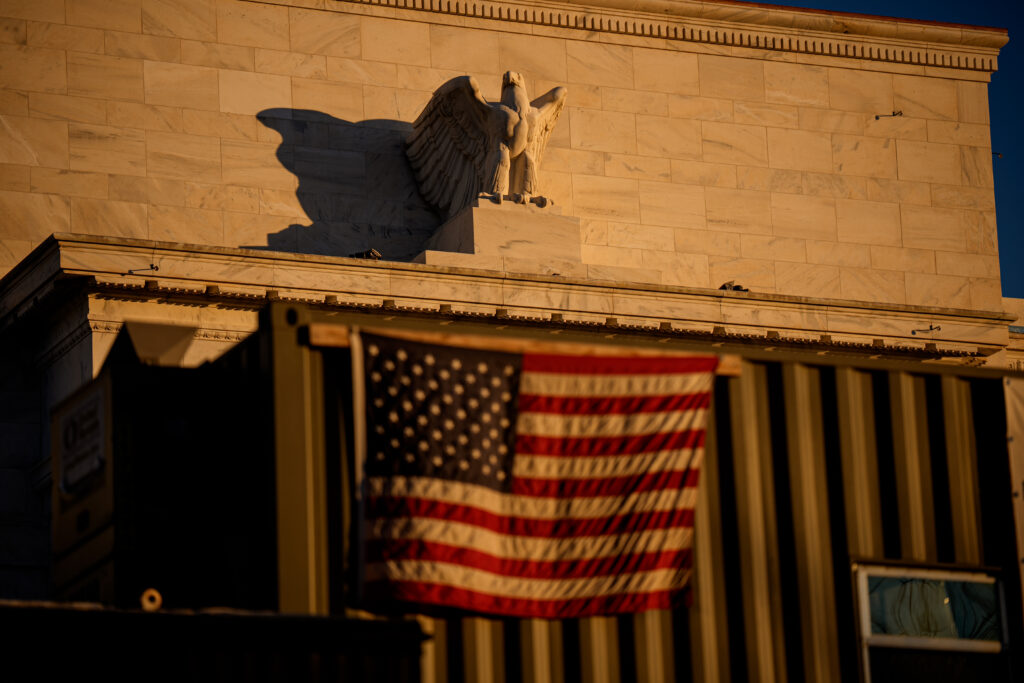Stocks mostly retreat on US jobs, oil drops on Ukraine hopes
Stock markets mostly fell Tuesday as the US jobless rate hit its highest level since 2021, while oil prices slumped on renewed hopes for an end to Russia’s war in Ukraine.The US Labor Department reported that unemployment climbed to 4.6 percent in November, its highest level in four years.The report, delayed by a lengthy government shutdown, also indicated that the US economy lost 105,000 jobs in October.Hiring picked up again in November to 64,000, but this was still a slower pace than before.”Today’s US data releases were overall weaker than expected, although not as bad as some had feared either,” said Forex.com analyst Fawad Razaqzada.He noted that market expectations of a Federal Reserve rate cut in March increased to 60 percent after the jobs report, up from around 50 percent.While poor data boosting the chance of interest rate cuts by the US Federal Reserve can often prop up stocks, Wall Street’s main indices pushed lower on signs of a weaker economy.Separate data showed US retail sales held stable in October, while analysts had been looking for a small gain, and September’s rise was revised down to 0.1 percent.But eToro analyst Bret Kenwell pointed out that part of the report that is used for calculating gross domestic product hit its highest level since the summer.”Today’s update underscores two themes that have been in place: A resilient consumer and a cooling labor market,” he said.Meanwhile, the Brent international oil benchmark dropped below $60 per barrel for the first time since May, while the main US crude contract, the WTI, briefly fell below $55 per barrel for the first time since 2021.A deal to end the war in Ukraine could ease sanctions on Russian oil, adding to oversupply concerns already weighing on the market.US President Donald Trump said Monday that a deal to end the war was closer than ever, after Washington said it offered Kyiv NATO-like security guarantees and voiced confidence Moscow would accept.Kathleen Brooks, research director at XTB, also pointed out that prices on Middle Eastern oil for immediate trade are lower than those for futures contracts. “When this happens, expectations are that future prices will fall back towards spot price levels, which can aggravate price declines,” she said.European defense stocks slid Tuesday following the update on the talks, analysts said. “A peace deal between Russia and Ukraine looks to be back on the agenda but there have already been multiple false dawns this year,” noted Derren Nathan, head of equity research at Hargreaves Lansdown.Weak UK jobs data strengthened expectations that the Bank of England will trim borrowing costs on Thursday. The European Central Bank is set to hold interest rates steady this week.The yen held gains against the dollar ahead of an expected rate hike by the Bank of Japan on Friday.Among individual companies, Pfizer fell 3.4 percent after it projected a dip in full-year adjusted profits per share on roughly flat revenues. The big drugmaker is ramping up investments in new products to offset declines in Covid-19 revenues.- Key figures at around 2115 GMT -New York – Dow: DOWN 0.6 percent at 48,114.26 (close)New York – S&P 500: DOWN 0.2 percent at 6,800.26 (close)New York – Nasdaq Composite: UP 0.2 percent at 23.111.46 (close)London – FTSE 100: DOWN 0.7 percent at 9,684.79 (close) Paris – CAC 40: DOWN 0.2 percent at 8,106.16 (close)Frankfurt – DAX: DOWN 0.6 percent at 24,076.87 (close)Tokyo – Nikkei 225: DOWN 1.6 percent at 49,383.29 (close)Hong Kong – Hang Seng Index: DOWN 1.5 percent at 25,235.41 (close)Shanghai – Composite: DOWN 1.1 percent at 3,824.81 (close)Euro/dollar: DOWN at $1.1747 from $1.1753 on MondayDollar/yen: DOWN at 154.80 yen from 155.23Pound/dollar: UP at $1.3422 from $1.3376Euro/pound: DOWN at 87.52 pence from 87.86Brent North Sea Crude: DOWN 2.7 percent at $58.92 per barrelWest Texas Intermediate: DOWN 2.7 percent at $55.27 per barrelburs-jmb/des





